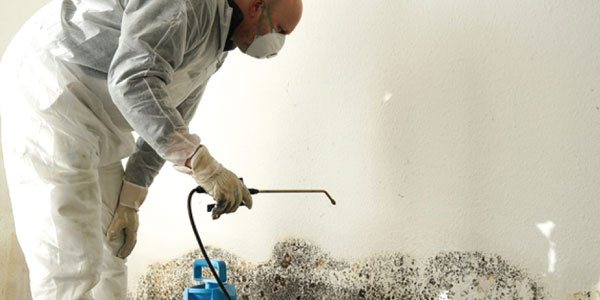
Commentary by Tere Siqueiracc
Mold growth is a part of nature.
It also is something that should be avoided or eliminated in your home.
As the Environmental Protection Agency notes on its website, indoor mold can produce allergies and cause eye, nose, throat, skin and lung irritation, and can even cause asthma attacks.
The following tips will guide you in eliminating, or even avoiding, mold in your house:
*Learn to identify it: Most mold is unmistakable. Sometimes, it is small or largely hidden growth that makes surfaces like countertops and bathtubs look dirty.
*Test for it: Mold test kits are available that can help you identify the type of mold. You also can do a quick test by dipping a cotton swab in diluted bleach and dabbing it on the wall. You have mold if the spot quickly lightens or keeps coming back after cleaning.
*Keep indoor surfaces dry: Mold might begin growing indoors when mold spores land on wet surfaces. Act quickly when water leaks or spills occur indoors. And keep your indoor humidity low.
*Take care of outdoor surfaces, too: Specifically, clean and repair your roof gutters regularly.
*Clean: Scrub mold off hard surfaces with detergent and water. Dry them thoroughly.
*Seek help: If you think you have a hidden mold problem, consider hiring an experienced professional.
¿Cómo eliminar y prevenir el moho en el hogar?
El crecimiento de moho es parte de la naturaleza.
También es algo que debe evitarse o eliminarse en su hogar.
Como señala la Agencia de Protección Ambiental en su sitio web, el moho en el interior puede producir alergias y causar irritación en los ojos, la nariz, la garganta, la piel y los pulmones, e incluso puede causar ataques de asma.
Los siguientes consejos lo guiarán para eliminar, o incluso evitar, el moho en su casa:
*Aprenda a identificarlo: La mayoría del moho es inconfundible. A veces, es un crecimiento pequeño o en gran parte oculto lo que hace que las superficies como lavamos y bañeras se vean sucias.
*Haga pruebas: Hay kits de prueba de moho disponibles que pueden ayudarlo a identificar el tipo de moho. También puede hacer una prueba rápida sumergiendo un hisopo de algodón en lejía diluida y frotándolo en la pared. Tiene moho si la mancha se aclara rápidamente o sigue apareciendo después de la limpieza.
*Mantenga las superficies interiores secas: El moho puede comenzar a crecer en el interior cuando las esporas de moho caen sobre superficies mojadas. Actúe rápidamente cuando se produzcan fugas o derrames de agua en el interior y mantenga baja la humedad interior.
*Cuide también las superficies exteriores: Es importante limpiar y reparar las canaletas de su techo con regularidad.
*Limpie: Quite el moho de las superficies duras con detergente y agua. Séquelos bien.
*Busque ayuda: Si cree que tiene un problema de moho oculto, considere contratar a un profesional con experiencia.









